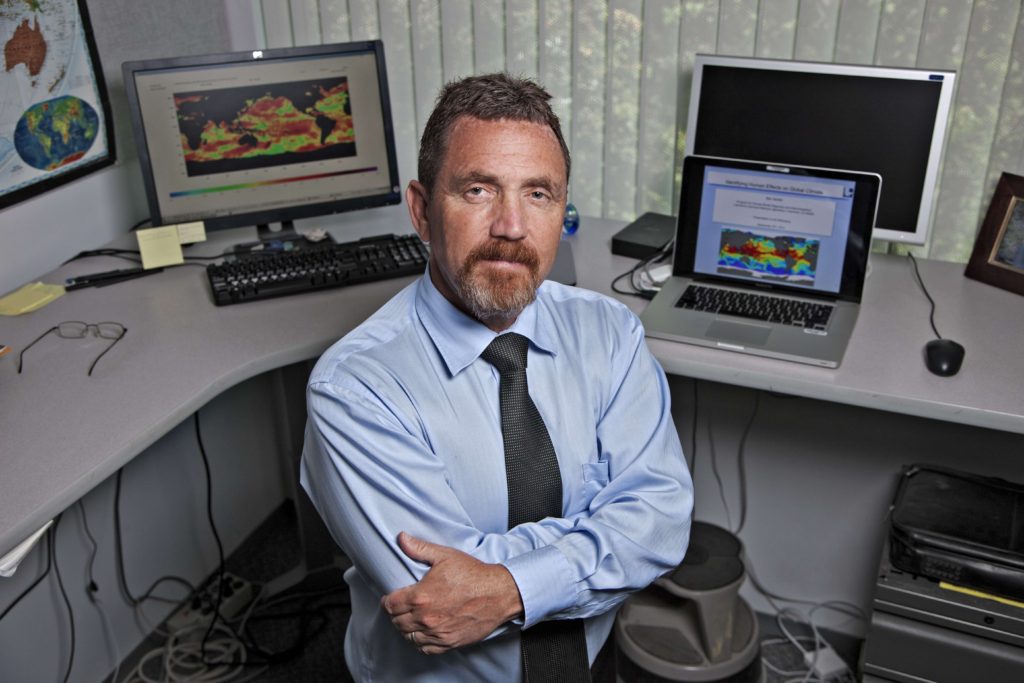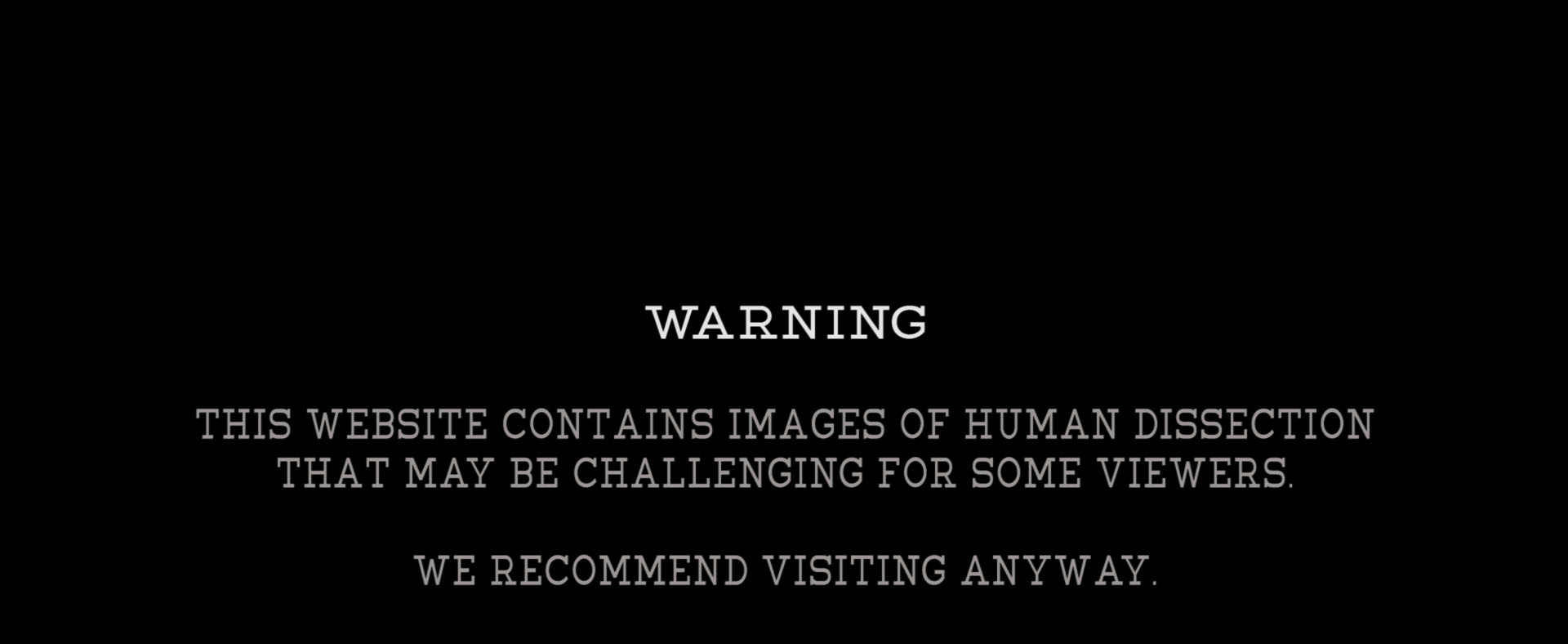
Lawrence Livermore National Laboratory Member
U.S. National Academy of Sciences
Recapturing First Impressions
I am a climate scientist, not a medical doctor. You might therefore ask why I am writing a blog post about “The First Patient”. Other commentators on this unique documentary have taken gross anatomy classes. They are much more qualified to assess how well “The First Patient” captures their own personal experience of this centuries-old rite of passage. They were in similar dissection rooms, under similar bright lights, with similar smells and sounds. They witnessed and participated in the same gradual peeling away of layers of the body, the same discovery of functional beauty under the skin, and the same revealing of a whole new world of tissues, blood vessels, bones, organs, tendons, ligaments, and neurons. Those who have been through this rite of passage – like my friend Dr. Hernando Garzon – have affirmed that “The First Patient” recaptures the same strange mixture of awe, apprehension, and queasiness that they once experienced.
Finding The Human Connection
I watched this documentary through the lens of a science communicator. In my job, I try to distill the complexities of the atmosphere and ocean into plain English. I am always interested in learning from others – in seeing how the best science communicators tackle difficult subjects, capture and sustain the attention of lay audiences, educate those audiences, and find ways of establishing human connection.
Teaching About Shared Humanity
“The First Patient” achieves all of these things. Dissection of the human body would seem to be a “difficult subject” for documentary treatment. But from beginning to end, I was captured and captivated. The human body is a vehicle for educating the thoughtful and articulate medical students in the film. The film is a vehicle for teaching us about our own shared humanity. We are able to see the different trajectories that brought the students to the dissection room in Rochester. We are introduced to the cancer survivor, the soldier, the guy who pumped gas at the gas station, the student with poor grades, the employee from the fast food restaurant. The Hindu, and the Sikh, and the Moslem, and the Christian. The runner and the rower and the photographer and the dog-walker. Each of these students develops an individual voice. Each responds to the dissection of their own “First Patient” in a different way. By the end of the film, we care about all of the students in the gross anatomy class. We accompanied them, for a brief period of time, on an incredible personal journey of discovery.
Learning The Beauty Beneath The Surface
What did they learn? They learned about the beauty beneath the surface. That the body is “especially beautiful on the inside”; that there is art in anatomy; that the seamless functioning of heart and brain and circulatory system and nerves and muscles is like an orchestra, with many different sections contributing to the overall symphony. They learned that even your enemies have the same anatomy; that the act of dissection reveals commonalities of architecture and function. In exploring human anatomy, they discovered that more unites us than divides us – a particularly important lesson in today’s world.
A Miraculous, Transformational Experience
They learned to how to work together as a team, with individuals from different cultures and religious backgrounds. Big fish from small ponds were placed in an environment with other brilliant young minds, and then confronted with the humbling reality that there are many “really bright people” in the world. They held a heart and a brain in their hands – a miraculous, transformational experience. Their perspectives on the human body were forever transformed. Looking at a wife, a husband, a stranger on the bus, they would now see and understand the interplay of muscles behind the smile, the miraculous things that sustained life every second without any conscious human intervention. As one student put it: “I know what’s underneath you!”
Reconciling Science And Personal Faith
They learned how to make a mapping between two-dimensional imagery – the world of ultrasound, MRI scans, and X-rays – and the three-dimensional structures they were dissecting. They experienced the difficulties of reconciling science and personal faith. They were forced to confront their own mortality, and to recognize that the body on the table represented their own ultimate fate. As one student put it, “That will be you, some day”.
Finding Life In Confronting Death
And finally, in confronting death, face-to-face, they enhanced their own desire to work towards the preservation of life.
Preciousness Of Life
It is unlikely that I will ever experience what these young women and men did in their first gross anatomy class. But “The First Patient” has given me a small window into their world. It is a valuable reminder of the preciousness of life.
Dr. Ben Santer
Lawrence Livermore National Laboratory
Member, U.S. National Academy of Sciences
